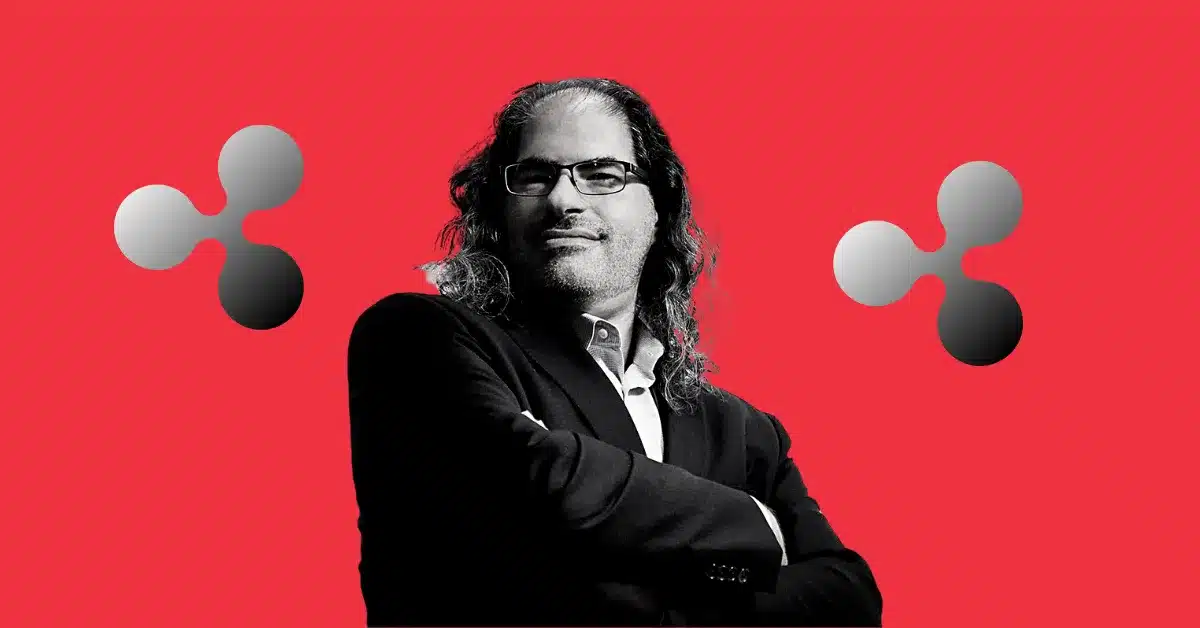Ripple’s Chief Technology Officer, David Schwartz, has laid out a sweeping new strategy that could significantly reshape the future of the XRP Ledger (XRPL). According to crypto analyst Fabio Zuccara on X, Schwartz revealed that Ripple intends to “acquire financial giants” and adopt a framework similar to Ethereum’s, signaling a shift toward broader financial dominance.
Ripple, long known for facilitating cross-border payments in real-time, is establishing a foundation to facilitate all financial activities. In this new orientation, XRPL will become a multipurpose ecosystem capable of accommodating decentralized applications and financial products.
Also Read: Pi Network Users Can Now Cash Out as Banxa Buys $19M Worth of Pi Coin
Upon this shift, a ledger will be widened to allow tokenized assets, stablecoins, lending protocols, and programmable contracts. The structure of the network will mimic that of Ethereum in flexibility but place a great emphasis on institutional-grade compliance.
Ripple is incorporating compliant, friendly tools to win the trust of traditional financial players. These are credential-based access systems, decentralized identity verification, and token functions with a clawback. The goal is to provide banks and other asset managers with a safe, regulatory-compliant environment for decentralized finance.
XRPL Strengthens Settlement Network With Smart Tokens and Real-World Asset Support
Additionally, Ripple has begun incorporating major stablecoins like RLUSD, USDC, and EURØP into the XRPL. This move strengthens the ledger’s ability to serve as a reliable and efficient settlement layer across various digital assets.
Smart Escrows and Multipurpose Tokens (MPTs) are some advanced features that are being integrated. These tools are designed to support complex financial interactions, allowing automation and programmability directly on the blockchain.
The network is also ready to manage asset tokenization in the real world. Someday soon, U.S. Treasuries and other institutional-grade assets may be offered over XRPL, which will establish the platform’s strong presence in traditional financing areas.
Nevertheless, even after these updates, XRP will still be at the center of the ecosystem. It remains the domestic bridge asset that allows liquidity routing and border transfers without the help of intermediaries.
Schwartz’s roadmap signals a clear intention to position XRPL not just as a payment protocol but as a complete, compliant financial infrastructure capable of powering global markets.
Also Read: Ripple Co-Founder Says XRP Was Meant to Be a Better Bitcoin from Day One
